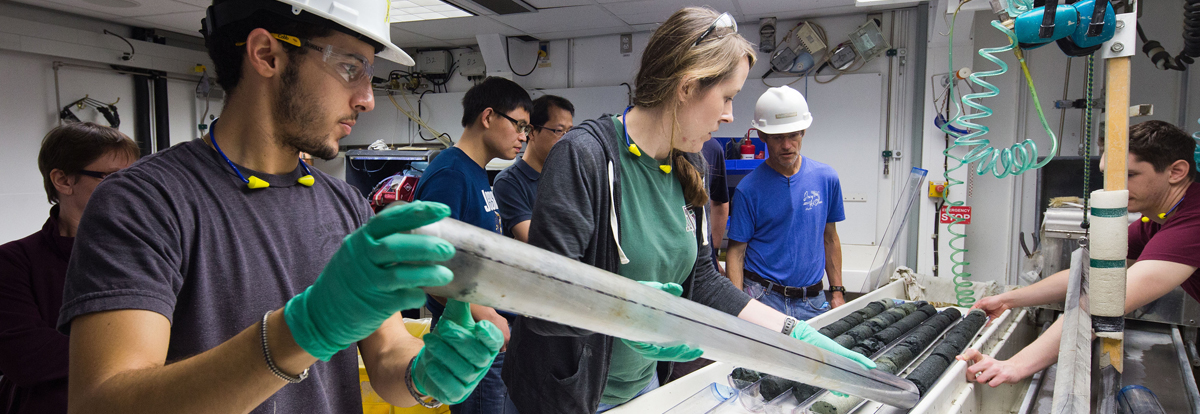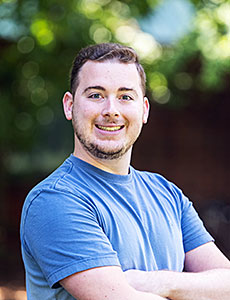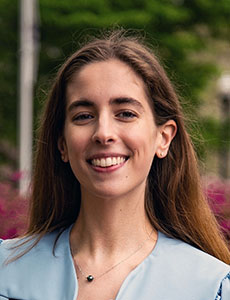Evaluation
USSSP convenes a multi-disciplinary panel of scientists to evaluate research proposals and award fellowships. However, keep in mind that the panel may not consist of researchers with specific expertise in your field; thus, proposals should be written for non-specialists. The selection process is based heavily on an evaluation of research potential and quality; applicants are therefore encouraged to propose innovative and imaginative research that can be accomplished in one year. The number of fellowships awarded depends upon the availability of funds, but three to five awards are typically made each academic year. Applicants are permitted to resubmit a rejected proposal in a subsequent year. Financial need is not considered during the evaluation process.
Obligations
Fellows must implement their research plans over the one-year period of the award and abide by the conditions of the award; major program changes must be approved by both USSSP and the fellow’s faculty advisor. During the award period, fellows are considered guest investigators and not employees of USSSP, IODP, or associated organizations.
Application Materials
The following materials are required for a Schlanger Fellowship application:
1. Application Form: This form includes contact information for the applicant, plus the proposed project title, relevant DSDP, ODP or IODP expedition(s), geographic region, and scientific problem(s) of interest.
2. Recommendation Letters: Two letters of recommendation are required, one from the applicant’s faculty advisor and one from a second reference.
3. Research Proposal: Each research proposal must include a short title, an abstract (about 100 words), and a description of the proposed research (statement of the problem and hypothesis, background and relevance to previous work, discussion of methodology and procedure to be followed, explanation of new or unusual techniques, and discussion of expected results, significance, and application). Research proposals must not exceed four (4) pages of text, not including references or figures. Figures should be included separately at the end of the proposal and should be limited to two (2) pages.
4. Proposal Implementation Form: Applicants are asked to respond to specific questions about other funding sources, their research facilities, and the timeline of their proposed research.
5. Curriculum Vitae: CV should include relevant educational history (degrees and dates awarded); fellowships, scholarships, and awards received; academic honors received; society membership(s); employment experience (including any internships); and any authored or co-authored journal articles, abstracts, or other publications related to your proposed research.
6. Demographic Information Form: This information may be shared with reviewers. If you do not wish to disclose any of the information (excluding your name), please check the appropriate box.







